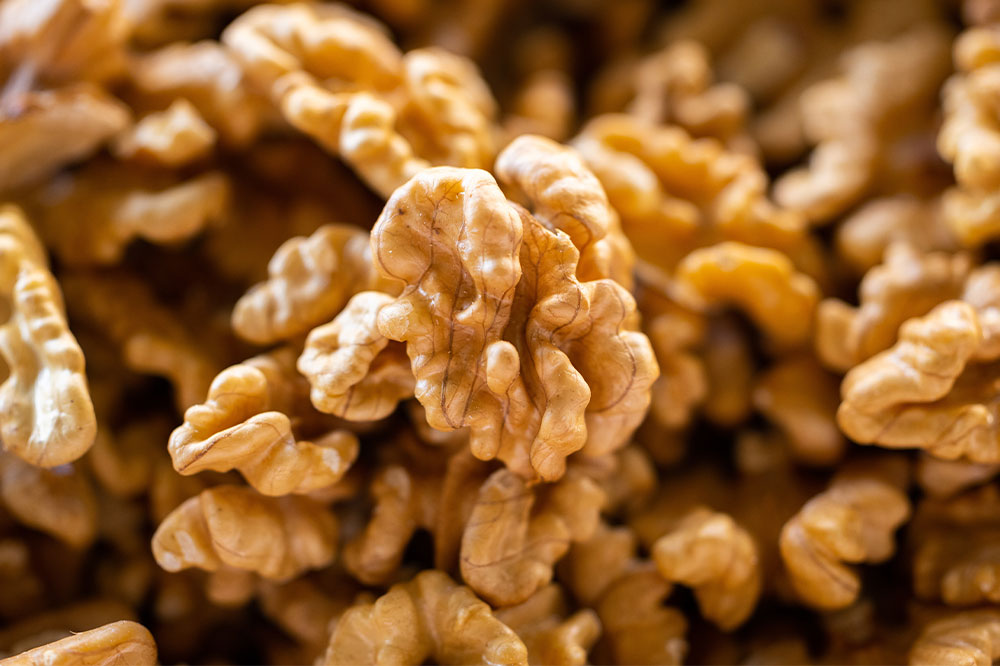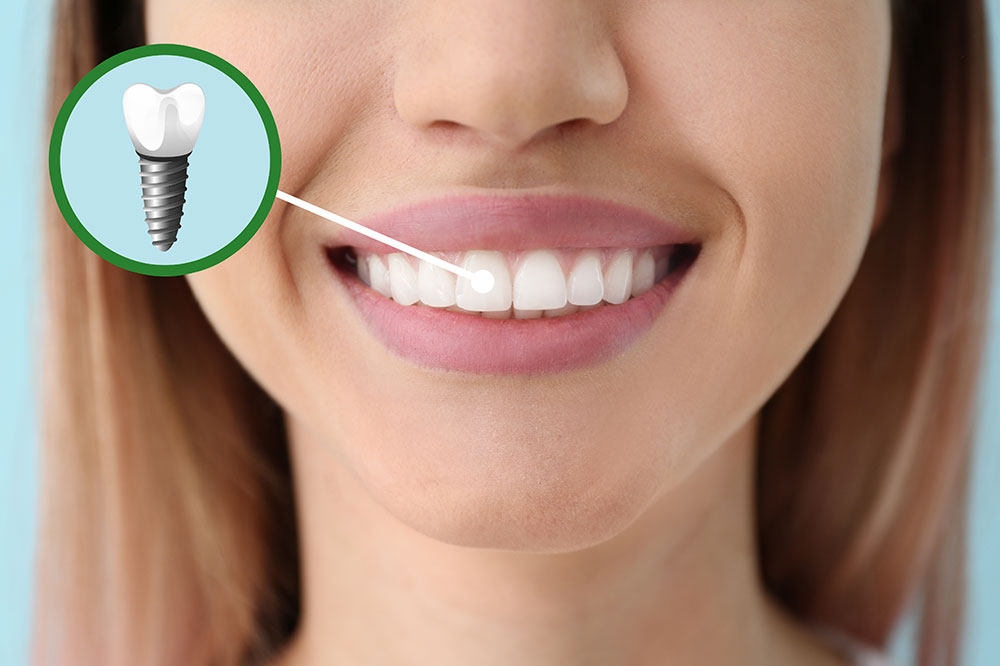6 Essential Nutrients for Managing Depression

Depression is a global health concern, with far-reaching effects impacting individuals and communities. In the quest for innovative approaches to managing depression, nutrition has garnered attention as a potential ally. Scientific studies have unveiled a compelling connection between certain nutrients and improved mental well-being. Here are five valuable nutrients and their food sources that one can incorporate into one’s daily food intake to combat depression symptoms and nurture a positive mental state.
Does food help with depression?
Food alone may not cure the condition, but it can:
- support various brain functions
- help with mood
- regulate blood sugar levels that affect one’s energy levels
- reduce inflammation that is known to worsen depression symptoms
- curtail emotional eating as a coping mechanism, and
- help one to manage the symptoms better
Studies have associated various nutrient deficiencies and gut health with imbalances in brain chemistry. Eating rich and balanced meals daily can ensure the overall health and well-being of an individual.
Magnesium
Studies have shown that individuals with depression often have lower levels of magnesium in their bodies compared to those without the condition. An essential and important mineral, magnesium acts as a natural relaxant by regulating the release of stress hormones, such as cortisol, and reduces depression symptoms. Chronic stress can deplete magnesium levels in the body, leading to imbalances that contribute to the development or worsening of depressive symptoms. Having adequate quantities of magnesium may potentially lead to better symptom relief and improved overall mood.
Food sources – Leafy green vegetables, nuts, seeds, legumes, and whole grains are some of the natural food sources of the nutrient. While 125 to 300mg of magnesium may be sufficient with a meal, it’s best to consult a healthcare professional to determine one’s current and required levels and ways to increase them.
Antioxidants
Antioxidants, including vitamins A (beta carotene), C, and E, reduce waste built up in the body and remove free radicals, which release oxidative stress in the brain. They also help ease inflammation in the body. A lack of antioxidants has been associated with anxiety disorder and a spike in depressive symptoms. Flavonoids are a type of antioxidant found in many plants that help reduce inflammation and boost neuroprotective properties, which can help regulate one’s mood.
Food sources – One can get a sufficient supply of antioxidants daily through a wide array of whole grains, colorful, juicy fruits, and vegetables, including berries and citrus fruits like limes, lemons, oranges, broccoli, spinach, and bell peppers. Flavonoids are commonly found in onions, cocoa, fruits like apples, and even in green tea. Apart from this, soy and other plant foods are also good options and work well on one’s stress levels.
Omega-3 fatty acids
Omega-3 fatty acids are polyunsaturated fats, which one’s body requires for new cell growth and better brain function. They also help lower LDL or bad cholesterol, reducing the risk of clogged arteries. Some studies associate a lack of sufficient omega-3 fatty acids with an increased risk of depression in people. Chronic or prolonged nutrient deficiency can also lead to conditions like Alzheimer’s disease, dementia, and bipolar disorder.
Complementing treatment methods with omega-3s may enhance the overall therapeutic effect and experience greater symptom relief.
Food sources – Fatty fish like salmon, pilchards, herring, sardines, mackerel, and trout are known to be rich sources of the nutrient. Those who are vegan can opt for other plant-based options like sunflower oil, corn, pumpkin seeds, soybean, walnuts, flaxseeds, and chia seeds. The seed powder can be easily included daily in various food dishes, including smoothies, porridge, and soups. Alternatively, fish oil and seaweed type called nori, which is commonly found in sushi, can also be beneficial and have a positive impact on depressive symptoms. Few studies and reviews show that older adults who include 1.3 grams of omega-3s in meals each day may experience reduced symptoms of depression.
B Vitamins
Vitamins B6, B9, also known as folate, and B12 are some of the most important nutrients that help boost one’s brain function. These vitamins help to break down amino acids and enable oxygenation throughout one’s body. They release energy and enable the production of serotonin and dopamine, chemicals released by the body to regulate one’s mood and work on depression symptoms. Low levels of these vital vitamins can increase the risk of developing the condition. One of the most noticeable symptoms of B vitamin deficiency includes low or depressed mood.
Food sources – Foods like leafy green vegetables, legumes, whole grains, eggs and dairy products, lean meats, and fortified cereals in one’s food intake can ensure an adequate intake of B vitamins. One can also get deficiency tests done to determine one’s requirement levels and consult a healthcare professional for the best ways to improve B vitamin levels.
Vitamin D
The human body can produce Vitamin D when exposed to sunlight, so it is often termed as “sunshine vitamin.” This vitamin has numerous benefits and majorly supports one’s bone health and mood. Research suggests that vitamin D deficiency can increase the risk of depression in people and cause other health concerns, including hair fall, cognitive impairment, muscle weakness, low energy levels, impaired immunity, and other mental health conditions. While sunlight is a natural source of vitamin D, it can also be obtained from certain foods and supplements.
Food sources – Fatty fish like salmon and mackerel, fortified dairy products, egg yolks, and some mushrooms are some sources of vitamin D. In cases where obtaining sufficient vitamin D through sunlight and food is challenging, one can opt for oral therapies that healthcare professionals may recommend ensuring adequate levels of this important vitamin in the body.
Probiotics
Studies show a direct link between the health of one’s gut microbiome and one’s overall mental health. Probiotics contain good bacteria, which promote one’s gut health, reduce inflammation in the body, help maintain the health of one’s central nervous system and gastrointestinal tract, and regulate one’s overall mood and brain health. All of these combined lower the risk of and enable better management of depression symptoms.
Food sources – One can opt for probiotic-rich foods in one’s daily life, which can include yogurt, kefir, sauerkraut, kimchi, and other fermented foods.
Depression is an entirely curable disorder, and detecting nutrient deficiencies and taking alternative therapies can help one to recover faster. Having said that, those suffering from chronic depression symptoms are advised to seek professional help as soon as possible to get suitable treatments.






